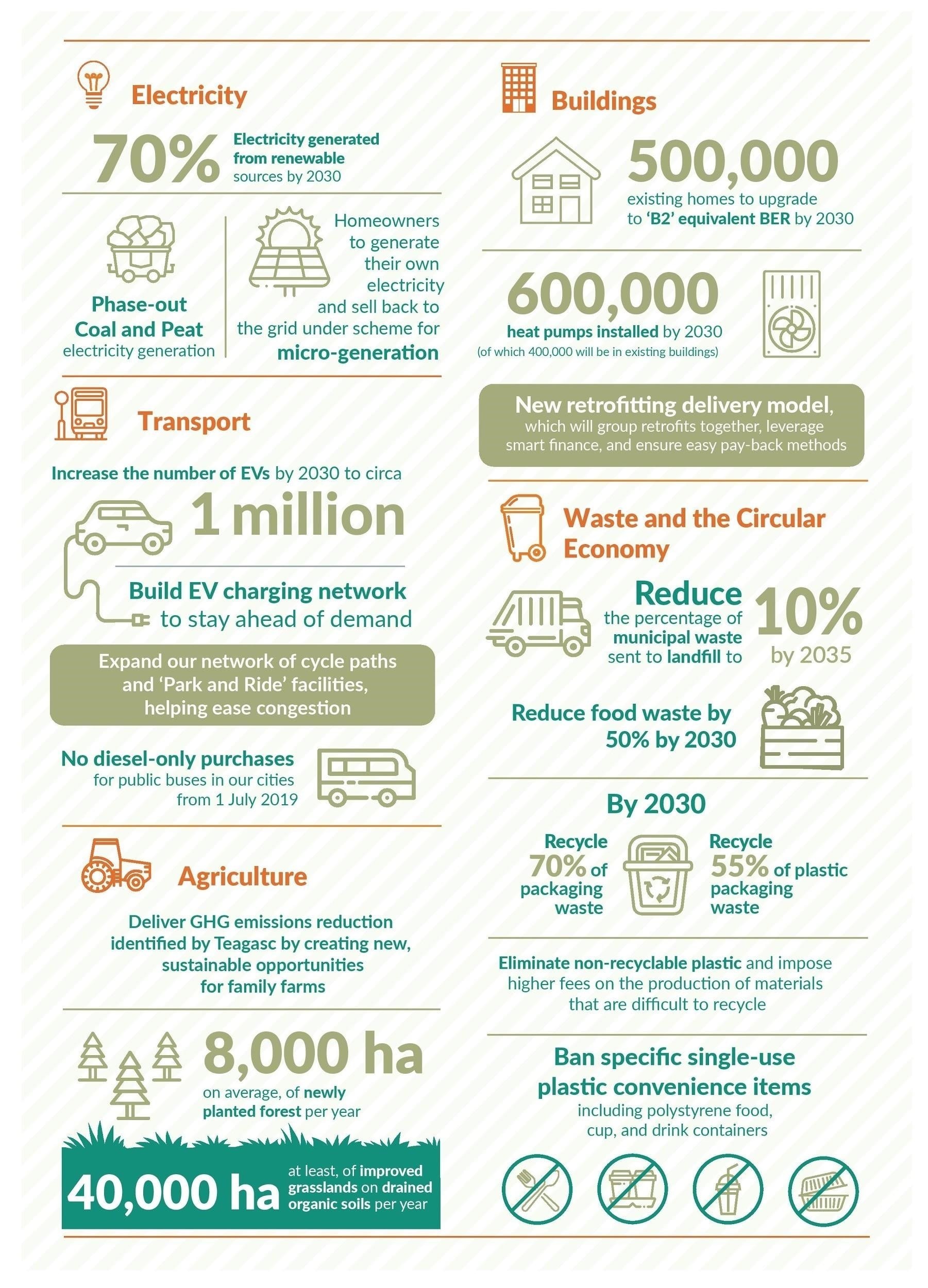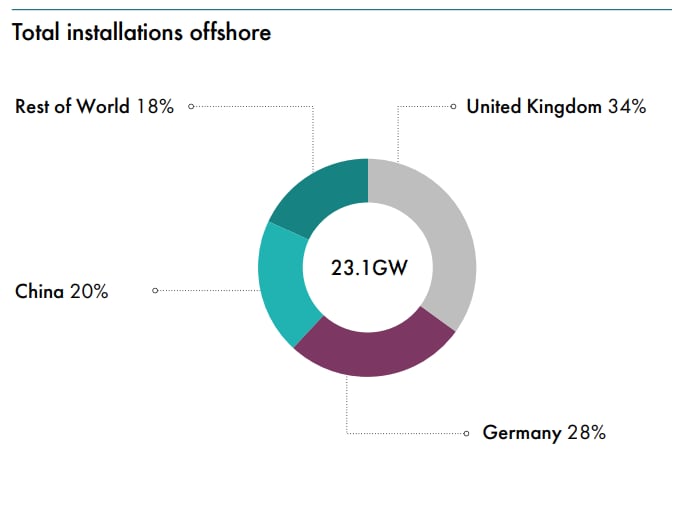These 5 countries plan to slash their CO2 emissions. But how will they do it?

Leading by example. Image: REUTERS/Ueslei Marcelino
Around the planet, countries are announcing ambitious plans to cut their emissions and decarbonise their economies.
But once you’ve talked the talk, how do you walk the walk (no polluting car journeys allowed)?
Here’s a snapshot of how 5 countries plan to turn their commitments into reality.
Ireland
Ireland's climate change plan includes action in areas such as transport, agriculture and electricity.

It includes a plan to retrofit homes to make them more energy efficient. From July 2019, no more diesel-only buses will be bought for Irish cities.
There are less tangible policy changes as well - every public body has to adopt a mandate for climate action this year, for example.
The UK
In June, the UK government committed to net zero greenhouse gas emissions by 2050. This means that all emissions will need to be avoided or offset by, for example, carbon capture.
The UK is already the world leader in offshore wind power, but meeting this target will require widespread change and, according to the Chancellor Phillip Hammond, a lot of money - although others have disputed his £1 trillion figure.

The government plans to plant 11 million trees by 2022 and has also pledged significant funding into carbon capture and other technology to tackle climate change.
Costa Rica
Costa Rica also wants to achieve net zero emissions by 2050.
A key part of its plan is turning transport electric. It includes creating a new electric train line, connecting a quarter of a million people each day in the San Jose area.
On top of that, the government wants to see all buses and taxis run on electricity by 2050 - although critics have said this will be difficult to achieve.
The government has also worked to reverse deforestation, that saw forest cover drop to just 26% in the early 1980s.

But effective policies, environmentalism and ethics have helped turn this around - by as long ago as the early 2010s, the coverage figure had risen to more than 50%.
Chile
The South American country recently announced its plan targeting carbon neutrality by the middle of the century.
To achieve this, it plans to phase out coal, shutting all its coal power plants in 21 years' time - with eight going by 2024.
No small challenge, when you see the contribution coal continues to make to the country’s electricity generation.
Excluding hydro, in 2016 coal generated more electricity than every other source put together. There are fears closures could mean rising prices and job losses.
The government has said all industries will need to be carbon neutral by 2050, only emitting as much CO2 as can be absorbed.
Sweden
Often touted as a leader in renewable electricity generation - the Nordic country already generates more than half its electricity from renewable sources, according to Eurostat.
If you’re not sure what you can do to use less energy, though, the Swedes have a solution - energy and climate advisors.
There are more than 200 across the country, offering free and impartial advice on everything from replacing windows to your heating system and lights.
It’s all part of Sweden’s target to achieve no net greenhouse gas emissions by the middle of the century.
Don't miss any update on this topic
Create a free account and access your personalized content collection with our latest publications and analyses.
License and Republishing
World Economic Forum articles may be republished in accordance with the Creative Commons Attribution-NonCommercial-NoDerivatives 4.0 International Public License, and in accordance with our Terms of Use.
The views expressed in this article are those of the author alone and not the World Economic Forum.
Stay up to date:
Future of the Environment
Forum Stories newsletter
Bringing you weekly curated insights and analysis on the global issues that matter.
More on Nature and BiodiversitySee all
Dr Gideon Lapidoth and Madeleine North
November 17, 2025








